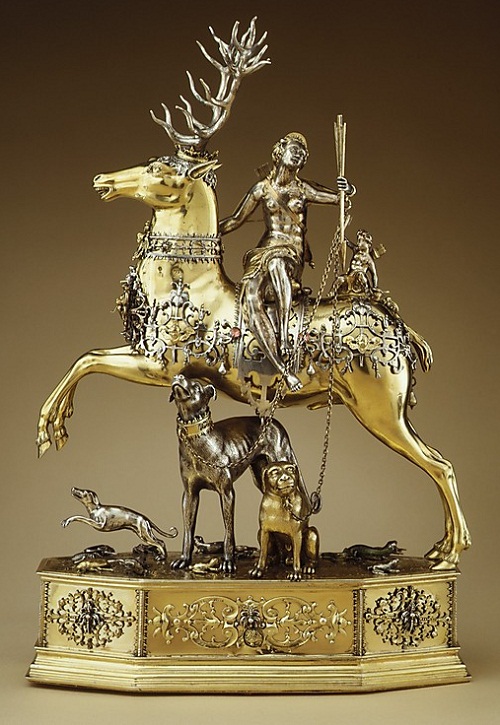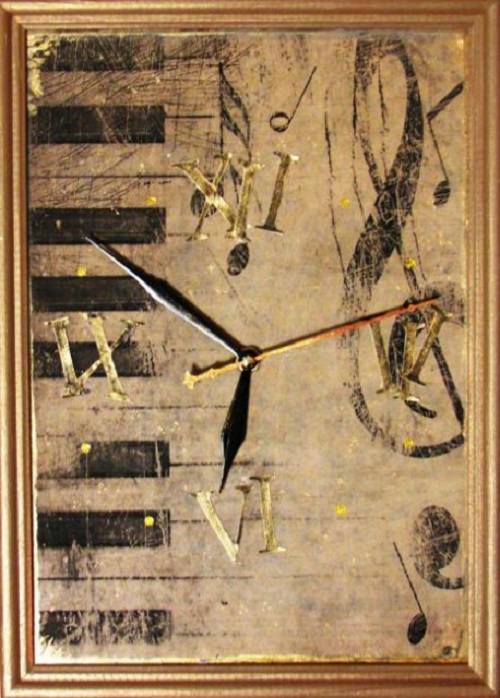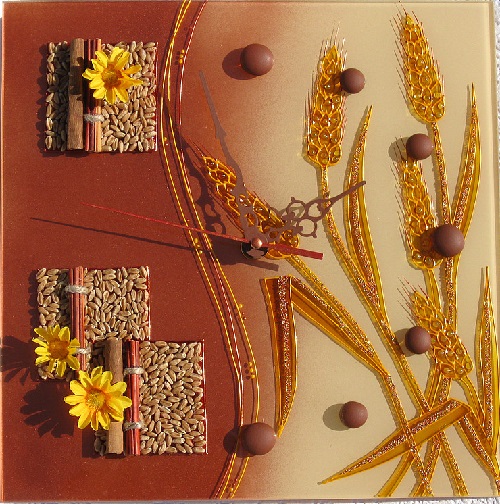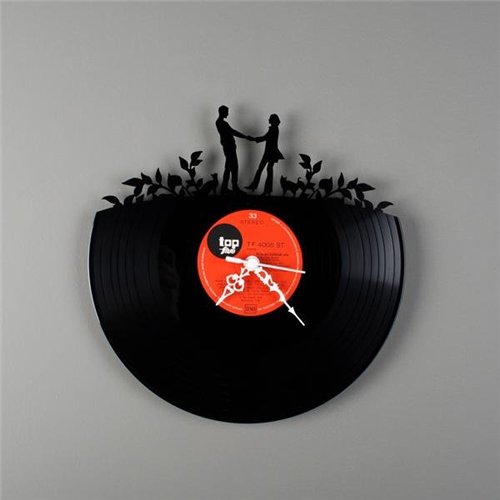18th century Fine Clocks by James Cox

mid 18th century agate-paneled and silver-mounted musical ormolu table clock with moon-phase indication
Fine Clocks by James Cox
These exceptional mid 18th century agate-paneled and silver-mounted musical ormolu table clock with moon-phase indication were sold for £385,250 on 12 Dec 2012 in London. British jeweler, goldsmith and entrepreneur James Cox (1723–1800) was famous for his mechanical clocks, including Cox’s timepiece (powered by atmospheric pressure) and the life-size Peacock automaton, which is in the State Hermitage Museum in Saint Petersburg, Russia. Cox was not only watchmaker and a mechanic, but also an inventor. He invented clocks with perpetual engine. Mercury served as the force, moving under the influence of the atmospheric pressure of the glass receptacle in a glass tube. And vessel and pipes were hung on chains and balanced by counterweights. According to Coke, when mercury under atmospheric pressure rose in the tube, the latter increased in weight, fell and the result was powerful strength for clocks. Their height was 7 feet.
However, Cox himself was not a clock-maker by trade but a goldsmith and jeweler, producing many smaller articles in his own Shoe Lane workshop or through other craftsmen working to his designs. The most characteristic of these smaller pieces were necessaries, snuffboxes and caskets made of agate panels held in gold or gilt-metal cage-work. These luxury articles, which often incorporated musical movements and watches, were sometimes used as elements in his larger compositions
Clocks by James Cox

Automaton in the form of a chariot pushed by a Chinese attendant and set with a clock, 1766. Signed by James Cox. Case: gold, with diamonds and paste jewels set in silver; pearls; dial: white enamel; movement: brass, partly gilded, and steel; the balance wheel and cock of silver set with paste jewels

Jewel cabinet incorporating a watch, possibly before 1766. Signed by James Cox. Agate, mounted in gilded copper and gilded brass and set with painted enamel plaques, and fruit-wood. Gift of Irwin Untermyer, 1964

Miniature secretary incorporating a watch, ca. 1766–72. Signed by James Cox. Case: agate, with gold mounts, gilded brass, pearls, and paste jewels set in silver; dial: white enamel

Signed by Cox Necessaire incorporating an automaton watch, ca. 1770–72. Signed by James Cox. Case: moss agate, mounted in gold and set with diamonds, rubies, and emeralds; silver; and mirror glass; dial: white enamel, with frame pavé set with paste jewels
sources
metmuseum.org/toah/hd/jcox/hd_jcox.htm
bonhams.com/auctions/19809


















